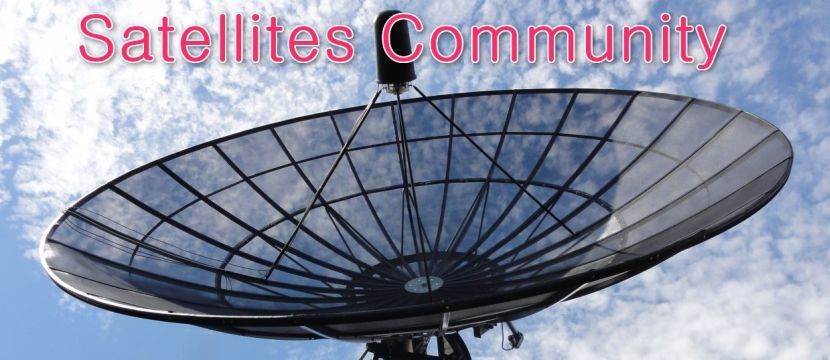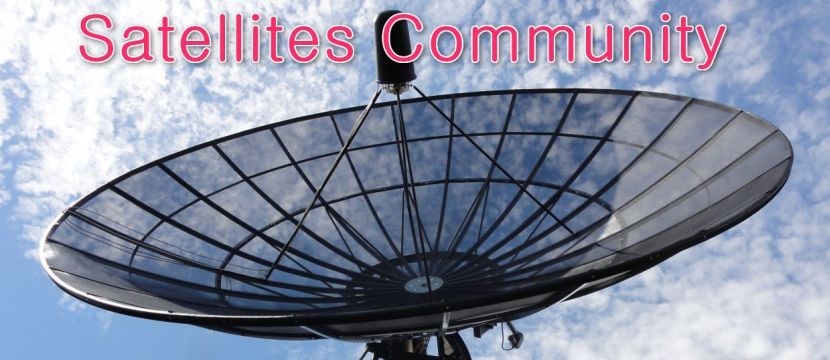femi The rectangular to circular transitions used for C120 to WR75 are usually 1/4 wave transformers. These are not a wide band match although generally good enough for our purposes. The match and losses are important when measuring noise figure and are not defined. One can guess at the loss (probably <0.1dB) but the effect of a mis-match is hard to quantify. Anything put between the calibrated noise source and the test unit is a potential source for error.
Regarding the square to circular transition that is part of the Invacom, it does not affect our measurements as it is always present. We are interested in the noise figure of the whole thing as seen at the C120 flange. A square to circular transition is actually quite a good wide band match when compared to a rectangular to circular transition.
Die für C120 bis WR75 verwendeten rechteckigen zu kreisförmigen Übergänge sind normalerweise Viertelwellentransformatoren. Dies ist keine Breitbandübereinstimmung, obwohl sie für unsere Zwecke im Allgemeinen gut genug ist. Die Übereinstimmung und die Verluste sind bei der Messung der Rauschzahl wichtig und nicht definiert. Man kann den Verlust schätzen (wahrscheinlich <0,1 dB), aber die Auswirkung einer Fehlanpassung ist schwer zu quantifizieren. Alles, was zwischen der kalibrierten Rauschquelle und dem Testgerät liegt, ist eine potenzielle Fehlerquelle.
Der quadratische zu kreisförmige Übergang, der Teil des Invacom ist, hat keinen Einfluss auf unsere Messungen, da er immer vorhanden ist. Uns interessiert die Geräuschzahl des Ganzen, wie sie am C120-Flansch zu sehen ist. Ein Übergang von quadratisch zu kreisförmig ist im Vergleich zu einem Übergang von rechteckig zu kreisförmig tatsächlich eine recht gute Breitbandübereinstimmung. <note: I don't think 'match', meaning return loss, translates correctly>


